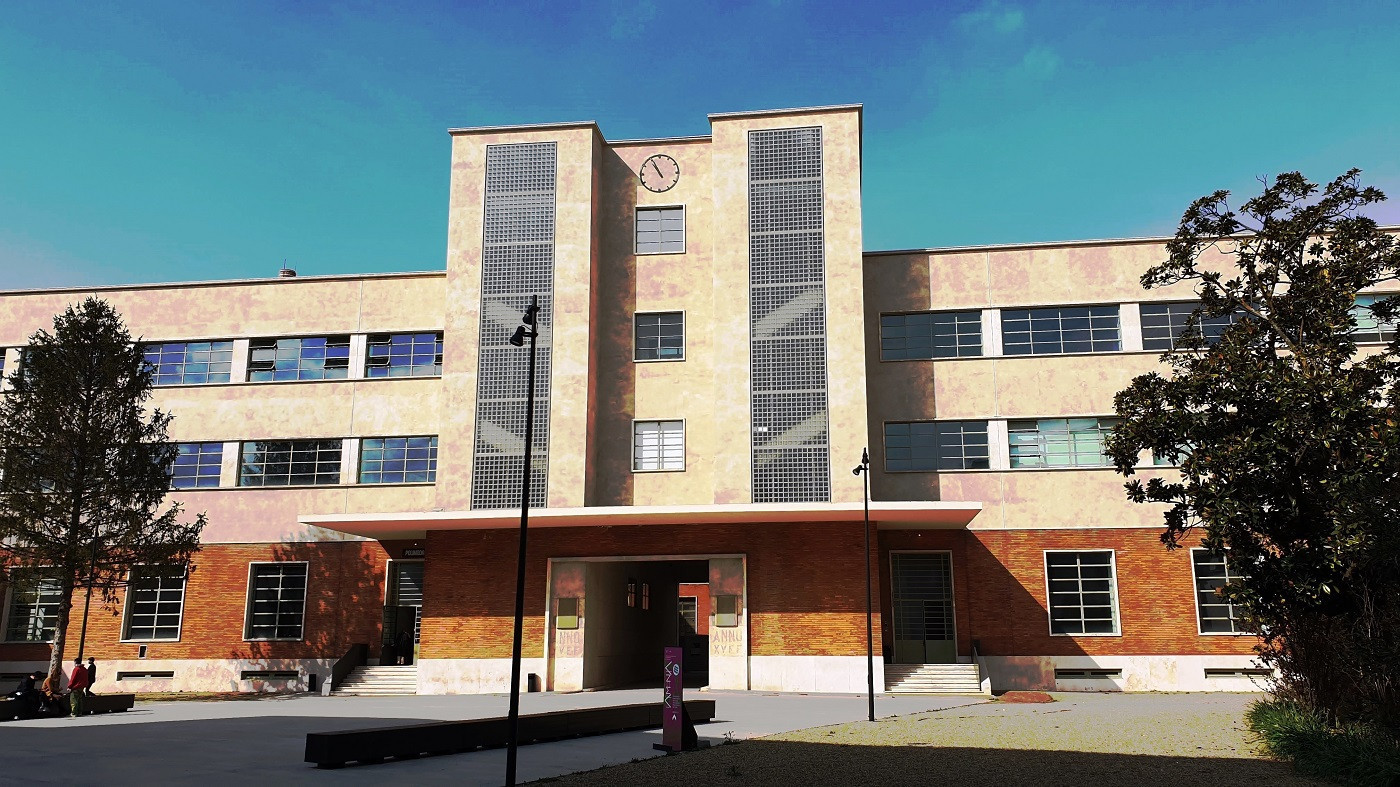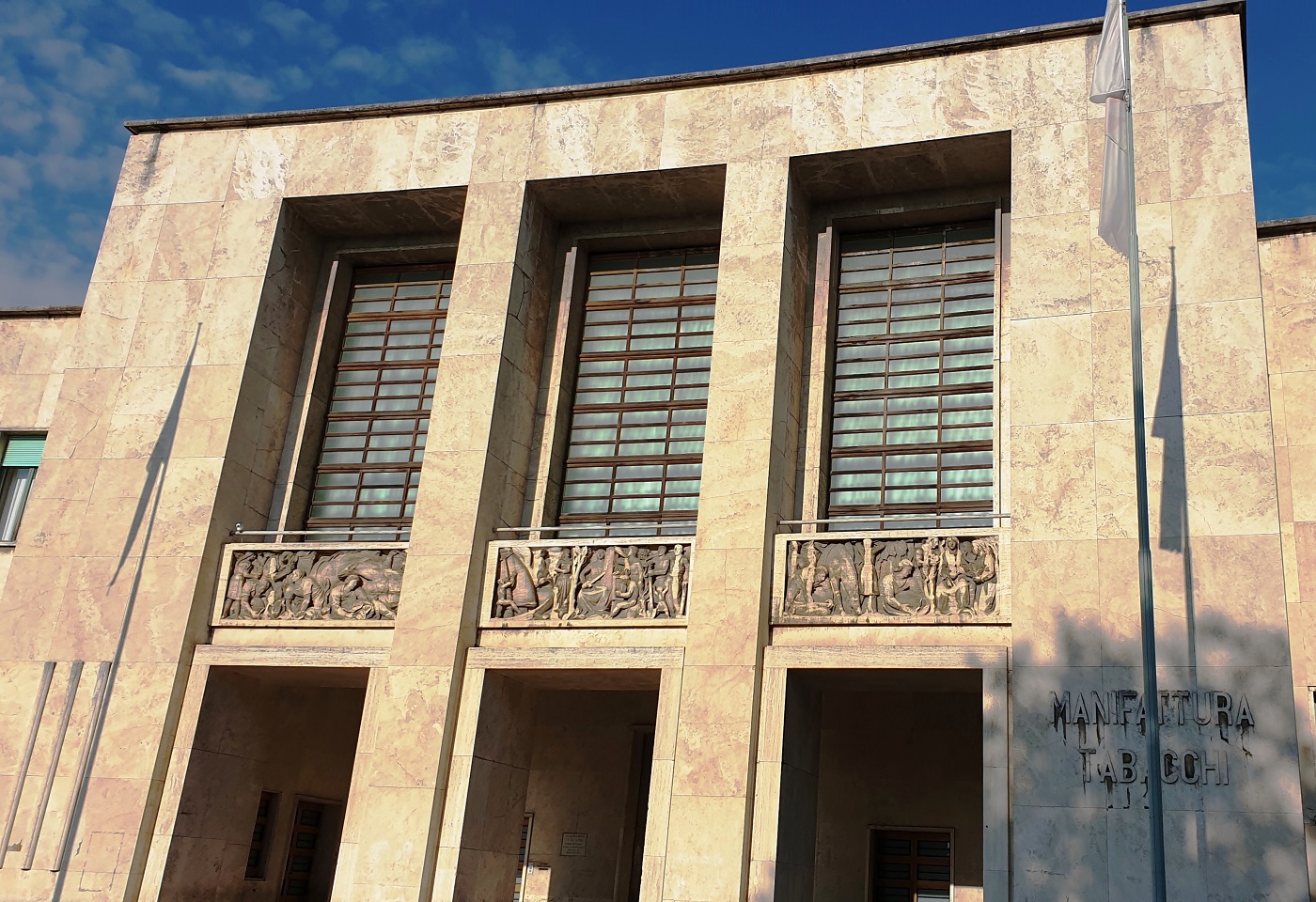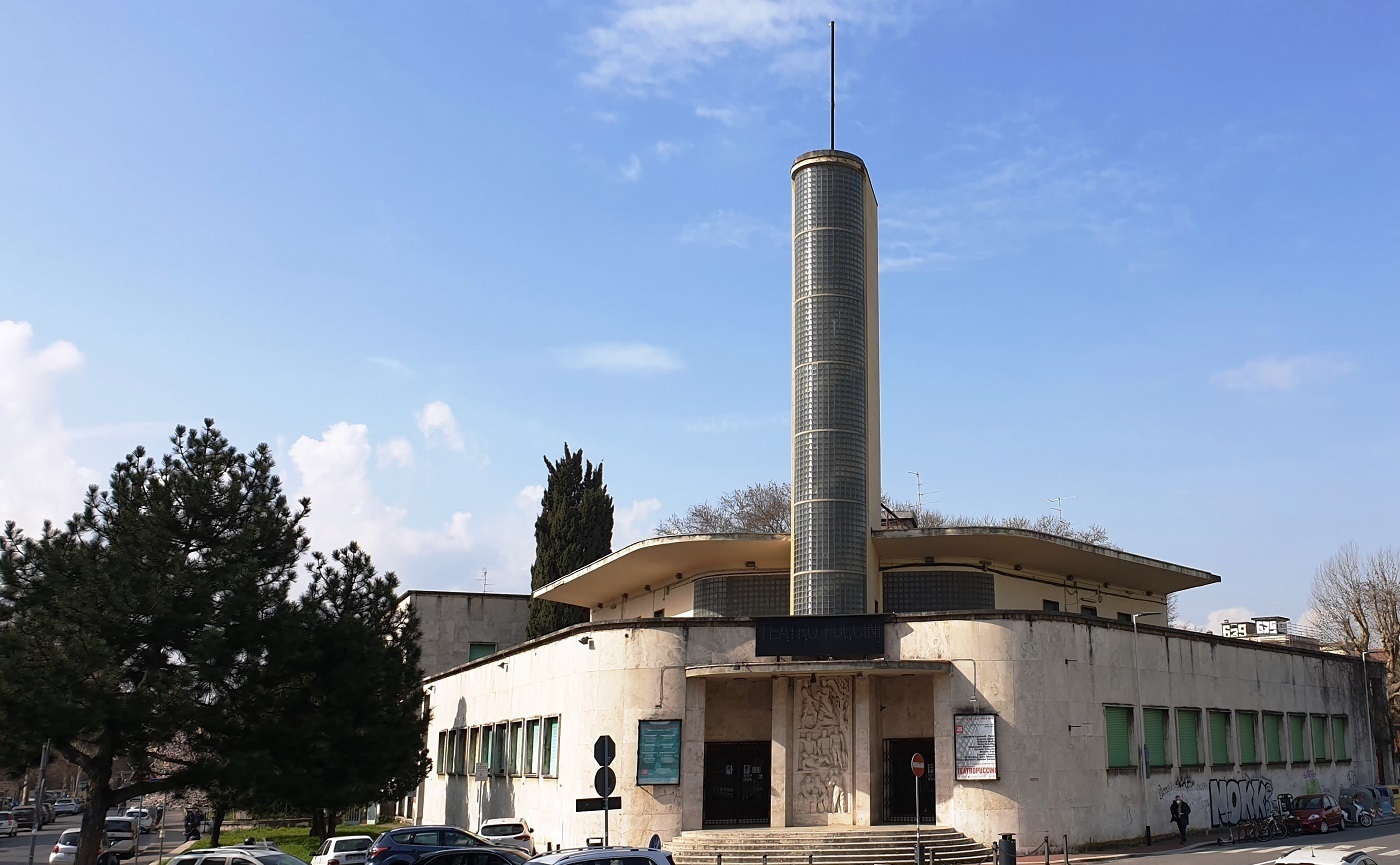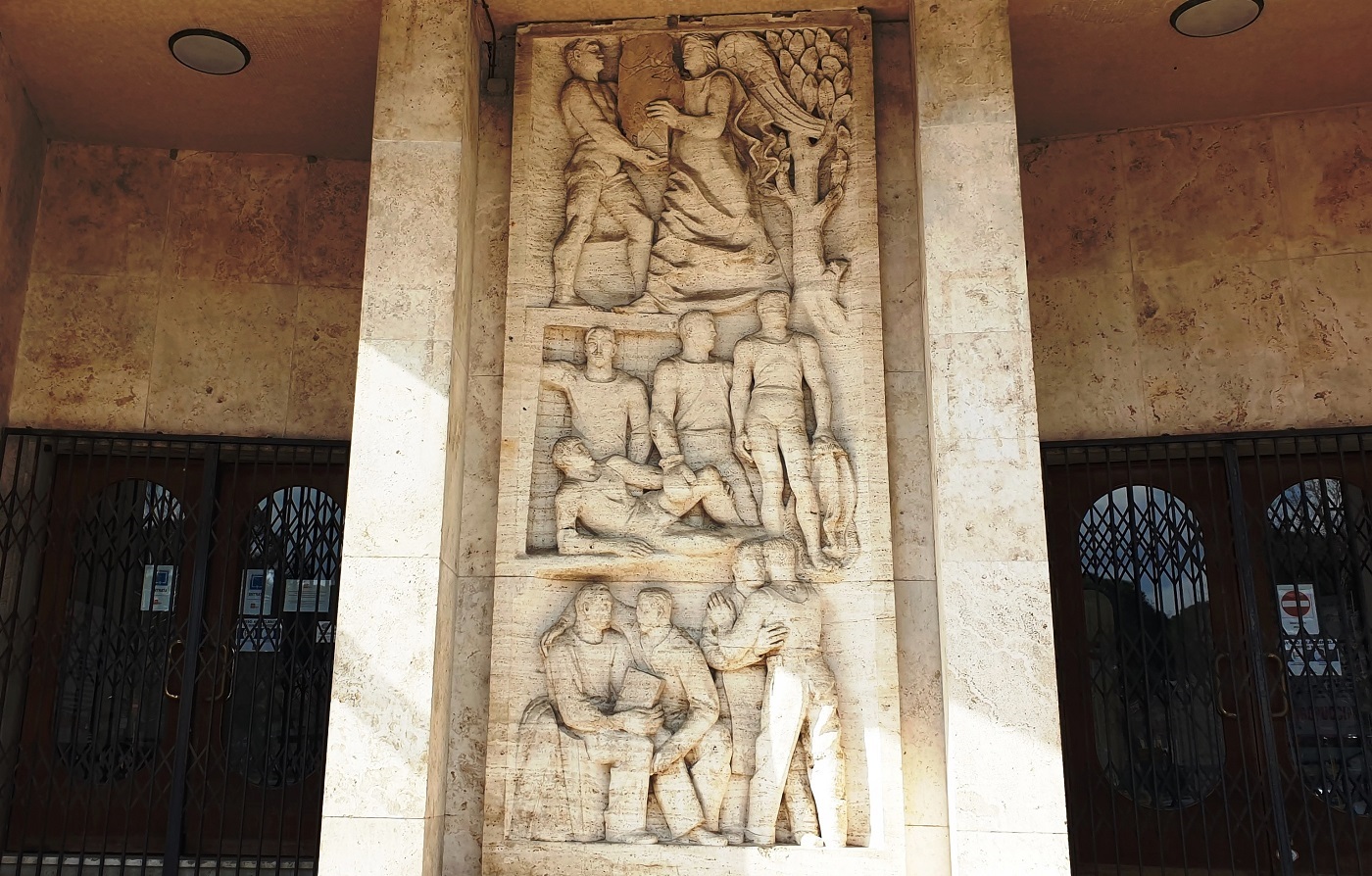
Beyond Renaissance in Florence - The Manifattura Tabacchi of Florence and Women's emancipation
The Manifattura Tabacchi: a district of 16
buildings on an area of 100,000 square meters, next to the Cascine Park. Pure
modernist rationalist architecture, designed by architects Giovanni Bartoli and
Pier Luigi Nervi in 1933, completed in 1940. According to modernist architectural
canons, the structure had to be functional to its intended use, and everything
had to be subordinated to this goal. Aesthetic canon: what is functional is
beautiful, elegance is linked only to the choice of materials and geometric and
structural clarity. These buildings respond to these principles and are praised
by critics for their balance, architectural linearity and spatial dynamism.
Travertine stone was used as cladding, a light, porous and sedimentary stone,
widely used in Rome (e.g. Colosseum, St. Peter's Square), rarely in Florence.
Particularly interesting inside is the Clock
Building, with large glass block windows, ribbon
shaped, that allow a glimpse of the stairs. A declaration of functionalism. It housed the management and
administrative offices. On the sides of the door the inscription "Year XV EF",
fifteenth year of the Fascist Era, that is 1937. The Fascists counted the years
from 1922, the date of the March on Rome and seizure of power.
Outside the current Puccini Theater, today an
avant-garde cultural institution, which closes the north-east corner of the
complex. At the time of construction, it was the Dopolavoro (Workers Recreation Club) for the workers
and their families. Fascism in fact promoted these cultural and recreational
activities, essentially for reasons of propaganda and political control. It
consists of a linear exterior and a very modern theatrical interior structure.
The eye-catching tower covered with glass blocks, like those of the Clock
Building, is a copy of the Marathon Tower of the Municipal Stadium, designed by
the same architect Pier Luigi Nervi. It has no other function than to contain
the staircase that goes to the top, visible when the tower is lit and shines in the
night. It served as an element of monumentality, coming forward like
the prow of a ship. Elements of fascist rhetoric are the shape of the facade
that resembles an eagle and the bas-relief representing the Workers' Mothers,
by the sculptor Francesco Coccia, best remembered for the sculptural group in front
of the Fosse Ardeatine in Rome.
A large ex-industrial area reborn to a new life
and destined for multiple activities: home to an international school of
fashion and design, but also to courses of the State Academy of Fine Arts in
Florence. And then: quality artisan workshops, ateliers for artists, art
galleries, exhibition spaces, Student Hotels, private residences, play areas
for children and finally areas for big events.
A break with the past, an important past for the history of the city.
Tuscany was an important center of tobacco cultivation
and production of cigars, especially Florence and Lucca.
The history of tobacco business in Tuscany began in 1574, when Cardinal Niccolò
Tornabuoni sent Kentucky tobacco seeds received from America, to his nephew,
Bishop of Sansepolcro. His nephew gave the seeds to Grand Duke Cosimo I dei Medici
who favored their cultivation.
The Toscano cigar,
very strong and with a particular taste, was very famous. Legend has it that after a storm hit in August 1815, a large amount of tobacco got wet. Instead of throwing it away, it was decided to
produce cigars that would be then sold cheap. Apparently though, the water produced a fermentation in the cigars that
gave them a new and unmistakable flavor, and it was immediately a huge
success. Thus, the Tuscan cigar was born.
The cigars production workers were thousands. Between
the two wars, in Italy they were 16,000, in Florence 1400, almost all women. The work was
done entirely by hand. The sigaraie (cigar makers) had to choose the
best leaves suitable for the various processes, then roll them one at a time. In a day (sometimes up to 14 hours) they
made 500 pieces each, then checked, dried and packaged them all.
The sigaraie
had an important role in the history of the city. They constituted the first
example of women's organization and emancipation, giving thousands of women
economic independence and professional dignity, which in those days was very
difficult for women to obtain. Organized in leagues and in supportive to each
other, they have been the protagonists of memorable battles and strikes. An avant-garde.
In March 1944, when the war front was
about to arrive, the sigaraie went
on strike asking for more food and to be allowed to run immediately to the
shelters during the alarms for the aerial bombings, avoiding the usual security search, as they were always suspected of stealing
cigars.
Although the Manifattura Tabacchi in Florence
closed on March 16, 2001, something of this spirit has
remained in the Genius Loci of the
place, perhaps the sense of community and solidarity.
The Italian State sold the factories, which
were almost all relocated first to Puglia, then to Romania in 2011.
Since that date not one cigarette has been produced in Italy. However, the Tuscan
cigar, now a product for amateurs much exported abroad, continues to be
produced by an Italian company in Lucca and Cava dei Tirreni, near Salerno, in
highly automated small factories. Although it seems that a small part of cigars
in Lucca is still produced by hand.
Cover picture: Building No. 6, known as
the Clock Building.

The main entrance with the bas-reliefs by
Francesco Coccia, representing the stages of tobacco
processing. Note that only men are represented, while tobacco was 90% processed
by women.

The Puccini Theater, ex Dopolavoro, with the glass tower.

The
bas-relief, called Le Madri Operaie, again lacking in female figures.



